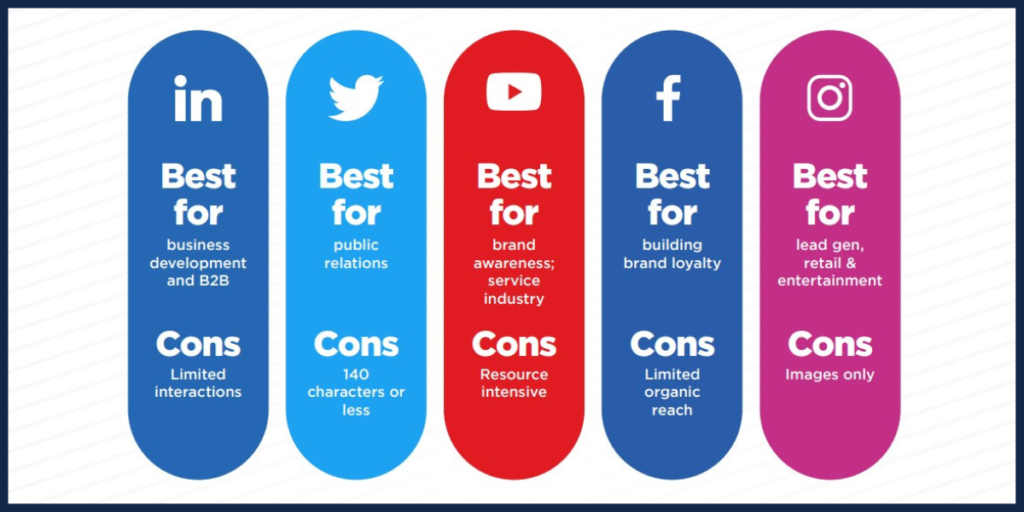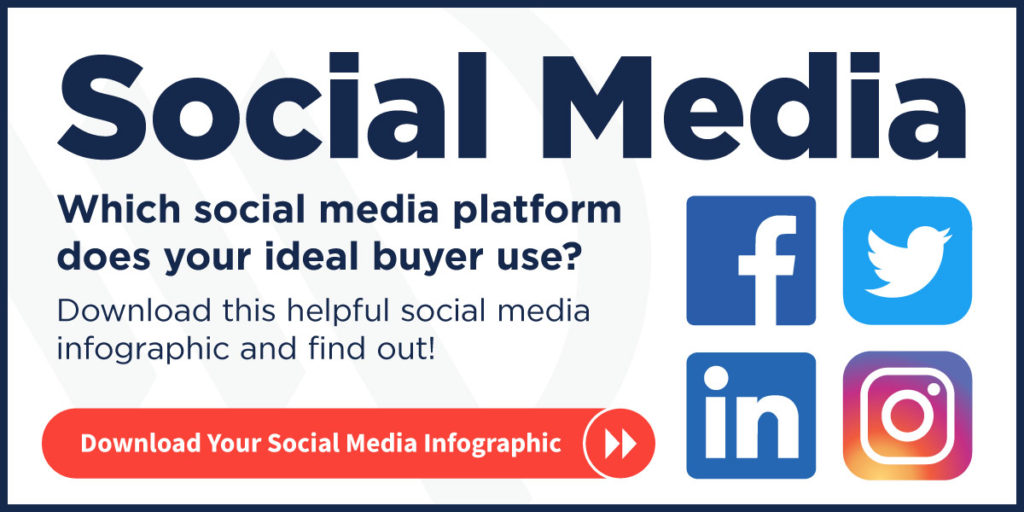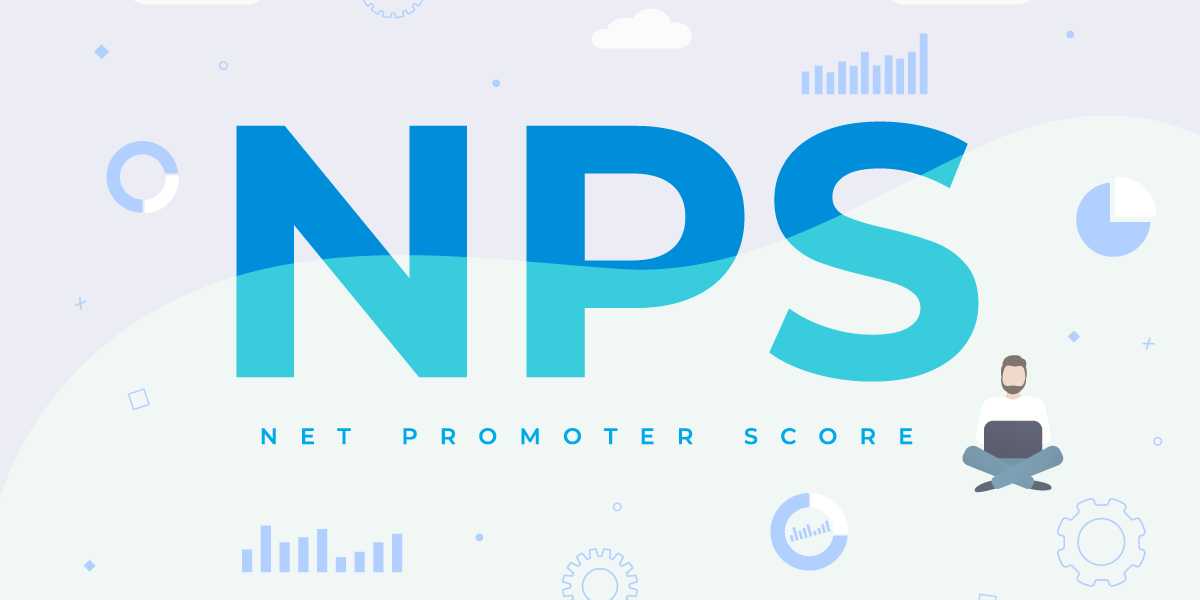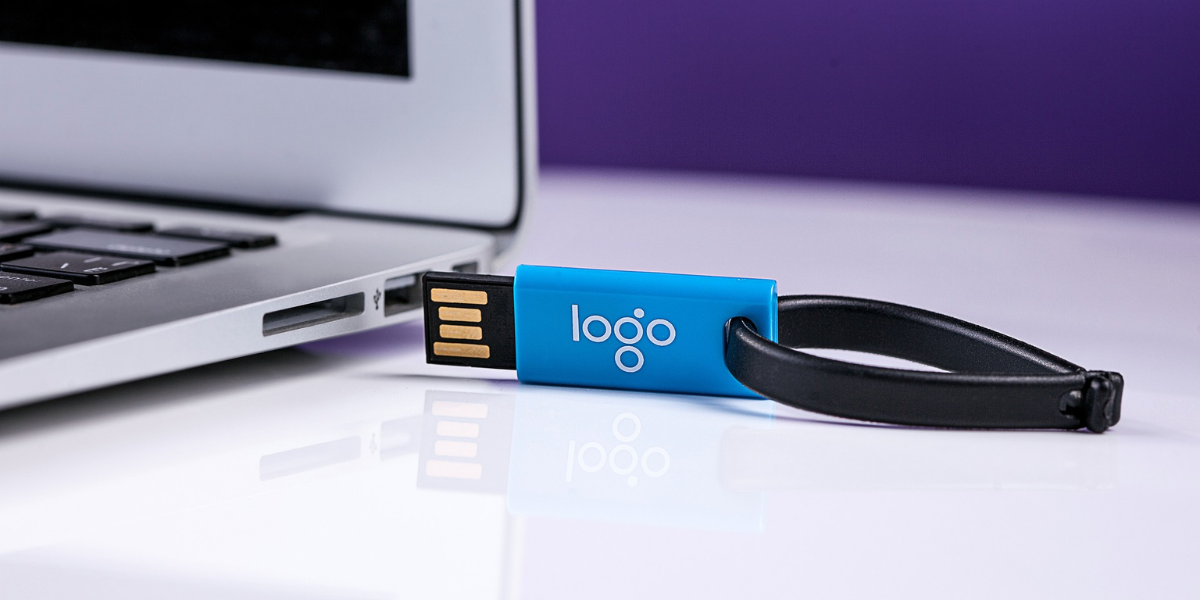Social media connects millions worldwide, allowing people to pursue their interests anytime, anywhere, which means that it shouldn’t be ignored. It’s an important part of inbound marketing that often gets overlooked by businesses in a variety of industries. When users interact with social media, they often view random content that they aren’t even interested in, which means your business isn’t reaching the right customers. By utilizing social media in your inbound marketing strategy, you can deliver the right content to the right person at the right time.
Inbound Marketing vs Outbound Marketing
Which is Better?
The Purpose of Inbound Marketing
The three main purposes of inbound marketing are to attract, engage, and delight consumers. Inbound marketing creates valuable content for the users that share the same interests. Attracting the right individuals allows you to gain long-lasting customer relationships. Inbound marketing involves posting low-pressure messages that address the pain points of potential prospects rather than sending out expensive mass advertisements that are ignored on a large scale.
The Purpose of Social Media Marketing
Social media marketing is often used on platforms like Twitter, Facebook, LinkedIn, and Instagram to engage, reach, share, and interact with current and potential consumers. Social media allows companies to directly connect with their audience and is a great way to drive traffic back to your website.
Why Is Social Media Marketing Important for Small Businesses?
Social media is one of the easiest ways to interact with potential clients and without question, is an important part of inbound marketing.
Develop a Relationship of Trust
People tend to buy from companies they know and trust. One of the greatest benefits of social media marketing is that businesses can build customer trust. Providing valuable and engaging content will allow potential customers to get to know your company more, and at the same time, you will learn more about your customer’s needs based on their engagement.
Creates Brand Awareness
Active social media accounts maintain relationships with existing customers and allow new customers to discover these companies. Also, viewers might share your posts with others, allowing you to reach more people without spending money.
Makes Your Brand Relevant and Present
Many potential customers view a company’s social media page before they decide to make a purchase. This is why companies should respond positively to comments, feedback, and inquiries made on their social media pages and show their customers that they really care about their needs.
Improves SEO
Websites rank higher on search engines if they consistently use social media. People searching up topics related to your company’s services could click on your website, leading to potential new customers.

Utilizing Social Media in Inbound Marketing
Most consumers learn about companies and businesses through social media because of how influential it is. But the problem is how to make consumers interested in your company. For inbound marketing, you will need to attract and engage customers, and social media will do the trick if you manage it the right way.
The first thing to do when setting up social media marketing for your inbound marketing is to create your company’s social media accounts. Most people are on Facebook. However, you may also want to create profiles on Twitter, LinkedIn, or Instagram. Think about where your consumers are when you create these profiles. Do they use these platforms? Are they even on Instagram? This all depends on who your target audience is. Whether it is their job title, persona, or age, all come into factor when you create these accounts. But don’t forget, it doesn’t hurt to try and learn from this experience, go ahead and create these accounts for your companies.
In order for these posts to be effective, they must be relevant and engaging to audiences. Here are some strategies you can use:
- Use compelling images and messaging that appeal to the viewers.
- Make your posts creative and unique to set you apart from your competitors.
- Learn which posts are successful and build off them
- Use interactive content, like quizzes and polls
- Engage with audiences by commenting, liking, and sharing relevant content
Using inbound marketing tactics with social media can build your company’s brand awareness and increase customer engagement. However, high-quality social media management might become challenging in the long run. If you have any questions or need help with social media and inbound marketing, contact Sharp Wilkinson. As a full-service marketing agency, our team is experienced in helping organizations grow using inbound marketing and other content strategies.





